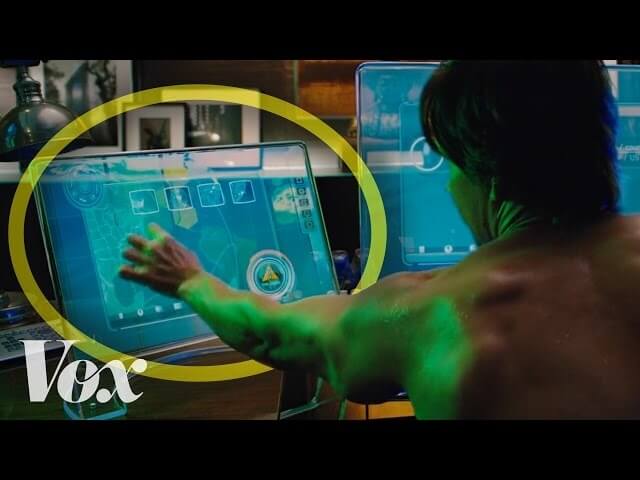
When a movie needs a video screen, Hollywood turns to people like Todd Aron Marks, a computer video playback supervisor. As part of its Almanac series, Vox talks to Marks about how those screens within screens are a crucial part of the world-building process. Basically, it’s Marks’ job to make sure what’s on those fake screens is plausible, relevant, and appropriate to the film’s time and place. He has credits going back to the early 1990s and made a strong early impact with 1995’s The Net, a “cyber thriller” starring Sandra Bullock. Since that movie was about the internet, it required a plethora of fake websites, like the sadly nonexistent Pizza.net. “Someone had to get those invented graphics on Sandra Bullock’s computer screen,” the narration explains.
An insane amount of detail goes into these glowing monitors and TV sets seen in the background. The work of playback supervisors like Marks is basically undetectable to audiences if it’s done well. There may be banks of monitors behind the characters in a film like Anchorman 2, for instance, but very few viewers will stop to think how the images got onto those screens in the first place. In the case of that film, since it was a period piece set in the early 1980s, Marks and his team ended up filming a lot of that footage themselves.
Each project involves its own unique challenges. The 2015 biopic Steve Jobs, for instance, required Marks to get some vintage Apple computers up and running. And even a lighthearted comedy like Date Night necessitated the creation of some fancy user interface screens for Mark Wahlberg’s character. Like the narrator says: “There is a whole world tucked in the bottom right of a screen somewhere.”